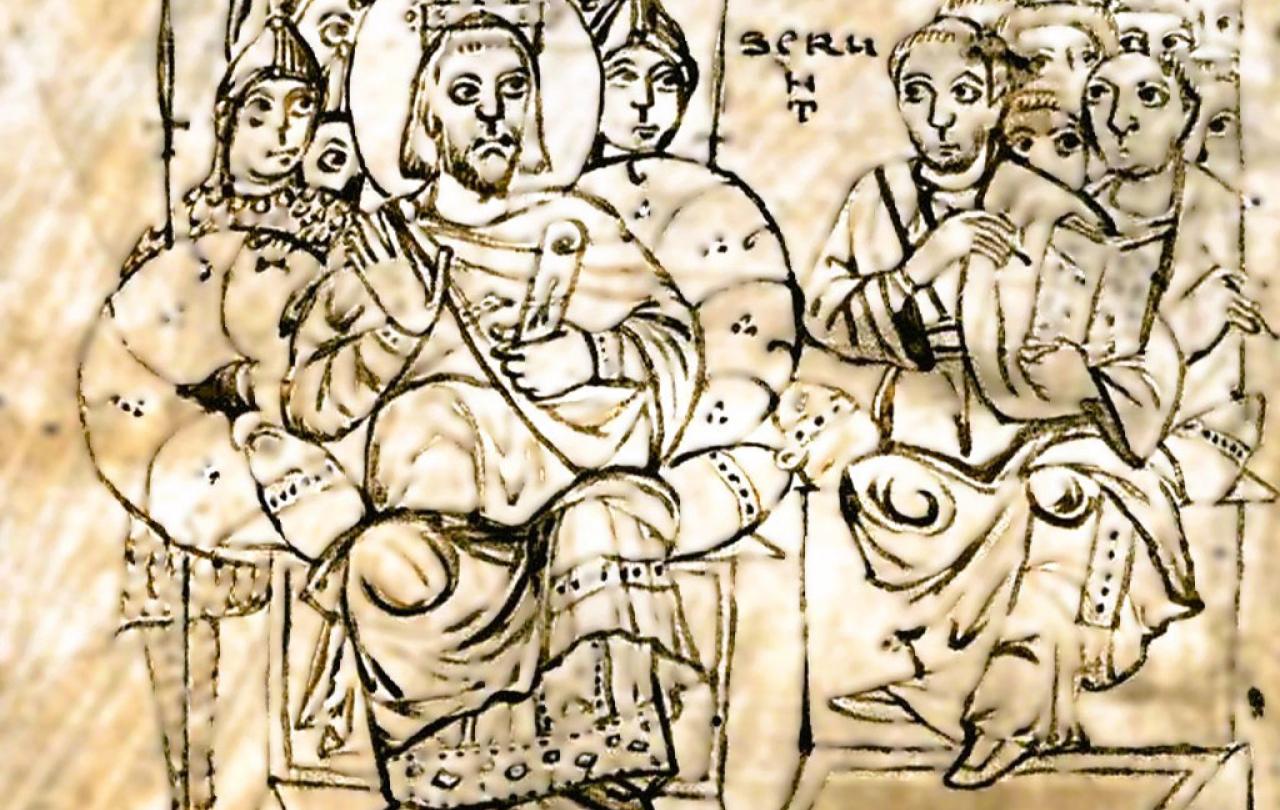
This week, George Pitcher asks why we still bother celebrating Harvest; Jane Williams explains why the Nicene Creed was such a total game-changer and Henna Cundill explores the proposed legislation around Assisted Dying from the point of view of Conscientious Objectors.





